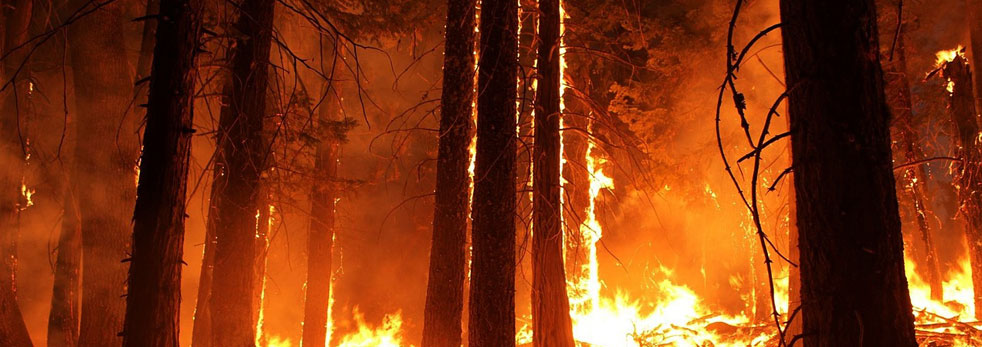
Our planet has major biological systems knows as ecosystems such as grasslands, savannahs, forests, tundra, alpine, deserts, coastal and oceanic. Scientists have subdivided ecosystems into smaller units with special biological and physical features. Some examples are oasis in deserts, tall grass prairies, wet meadows, alpine meadows, freshwater wetlands, and coastal marshes. Forests are sub-classified in many different categories such as tree species, dry or wet conditions, hot or dry conditions. Habitats are usually considered smaller ecological classes and generally associated with an animal or plant species. For example, low land, wet tropical forests contain a variety of habitats for plants and animals. PT Explorers will offer a variety of articles and shorter news notes on habitats in all our volumes. We look forward to presenting articles on special and rare species as well as endangered species listed as “red species” by the International Union for conservation of Nature (IUCN). While there are many large mammals and birds listed as endangered that often receive major attention, there are many smaller and lesser known plants and animals threatened with extinction because of habitat loss. In the last 200 years, human population has exploded and converted much of the earth’s ecosystems from pristine conditions to highly degraded. Much of the earth’s landscape has been converted to agriculture and grazing land for cattle. Forest have been destroyed for agricultural lands, cities and towns, industrial sites and mining. Little of earth’s original ecosystems remain in pristine condition and set aside for wildlife and forest protected area. PT Explorers seeks to inform our readers about endangered species of plants and animals around the world. A wide array of protected lands exist to provide home and habitat for an amazing variety of life. National parks, wilderness areas, state conservation lands as well as special lands owned by NGOs will be reported on. The actions of individuals and community based programs to protect special local habitat will be featured. Individuals who have worked hard and made special contributions to protecting habitat at the local level are stories we will cover. We will offer tips and suggestions on how you can take action in your community to protect and conserve habitat where you live. Looking towards the future, we would like to know of land conservation accomplishments in your community that we can tell the world about. Every acre or hectare of habitat set aside for plants and animals is a step in the right direction.
1. The human population of over seven billion has destroyed most of the best habitat on the globe. 2. Most plant and wildlife species are in decline. 3. Thousands of known species are at the brink of extinction. 4. Because of expanding human population pressures protected habitats of parks and wildlife reserves are being encroached upon and degraded. 5. Human demand for wild animal parts and live animals results in continued population decline of many of the world’s rarest animals. 6. Marine habitats that cover 70% of the globe have been grossly over exploited by over fishing. 7. Destruction and pollution of estuarine and nearshore waters have significantly damages the most productive waters for fisheries and shell fish.
To prevent global habitat loss and create more protected habitat for native vegetation and wildlife a number of positive actions need to be taken: 1. The threat to the remaining habitat needs to be recognized by citizens and government leaders 2. The governments of the world’s countries along with citizen support need to take immediate action to protect and conserve remaining wildlife habitat 3. New protected areas of habitat need to be established 4. New innovated approaches need to be developed to preserve and protect more habitat. 5. Corridors that provide migrations pathways between protected habitats need to be maintained, and new corridors established. 6. New innovative approaches to reduce boundary zone conflicts between humans, wildlife and protected areas need to be developed. 7. Marginal farmland needs to be restored to grasslands and forest lands. 8. Marine habitats need to be restored.
Copyright © 2026. All rights reserved. PAWS TRAILS EXPLORERS